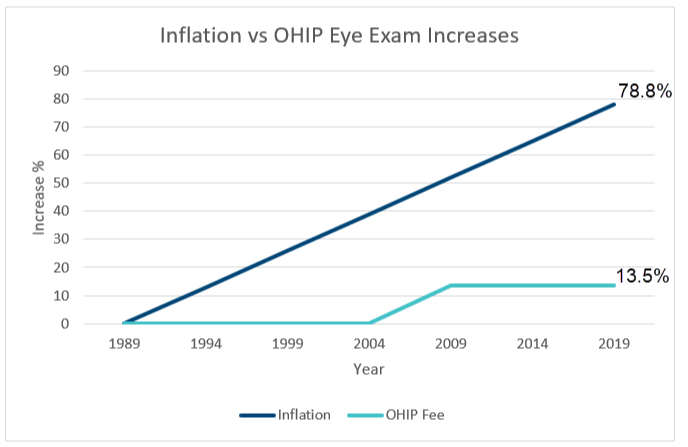The Aviator:
Moderately popular throughout the 1940s and 1950s, Aviators became mainstream between the 1960s subculture which favored metal rims over plastic. Thus, the model became a symbol of 1970s-era (primarily disco) fashion, being ubiquitous not only as sunglasses but worn as prescription glasses as well.
By 1980 however, the glasses’ popularity stalled because of the disco backlash prevalent, and the sunglasses industry (including Ray-Ban) was heavily hit by this. To save the ailing Ray-Ban, Bausch & Lomb signed a multi-million product placement deal in 1982, which featured the brand’s models in films and TV shows. The Aviator model was notoriously present in Cobra and Top Gun. In 1986, Aviators saw a 40% rise in sales.
In the 1990s, Ray-Ban once again faced hard times. The backlash against 1980s fashion proved to be a huge blow to the company, which was sold to Luxottica in 1999. Around that time, a revival of the hippie movement that made the framestyle so popular, as well as the popularity of Jackass led to a renewed boom for Aviators during the 2000s.
The Wayfarer:
Ray-Ban Wayfarer sunglasses have been manufactured by Ray-Ban since 1956, when their design was a revolutionary break from the metal eyewear of the past. Wayfarers enjoyed early popularity in the 1950s and 1960s. Though the sunglasses had faded from the limelight by the 1970s, a lucrative 1982 product placement deal brought Wayfarers to their height of popularity. Since the mid-2000s, the sunglasses have been enjoying a revival.
Wayfarers are sometimes cited as the best-selling design of sunglasses in history (although Ray-Ban Aviators have also been credited with this achievemen and have been called a classic of modern design and one of the most enduring fashion icons of the 20th century.
The Clubmaster:
The design became the most common style of eyeglasses throughout the 1950s and the early 1960s before it was surpassed in popularity by solid plastic styles. Browlines enjoyed a renaissance as sunglasses in the 1980s before returning to popularity in the 2010s, with the rise of retro style and the hipster subculture. The most common means of construction is for the upper portion of the frame (the “brows” or “caps”) and temples to be made of plastic, with the remainder of the frame (the bridge and eyewires, or “chassis”) to be made of metal. The chassis inserts into the brows and is held in place by way of a series of screws. For a period in the 1960s, numerous models emerged in which the brows were constructed from aluminium; following the style’s resurgence in the 2000s, browlines made wholly out of one type of metal with less pronounced brow portions became popular.



